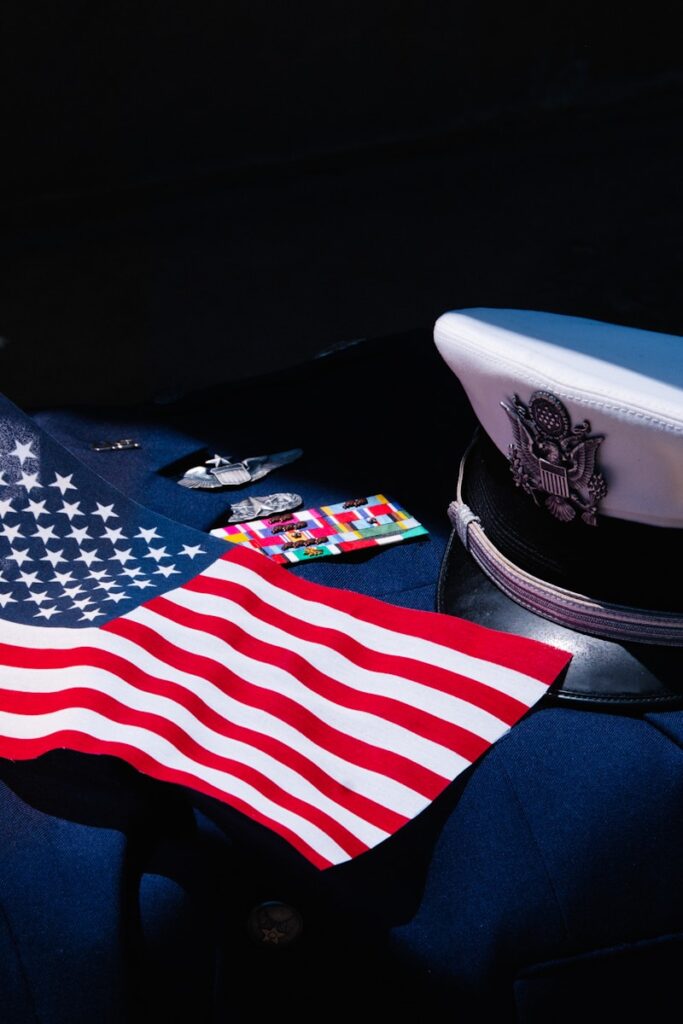
The world of service and sacrifice is one that commands our utmost respect, and at its heart are the remarkable individuals we know as veterans. These are the men and women who have answered a profound call, dedicating a segment of their lives to the active military, naval, or air service. Their journey, often marked by immense courage and commitment, culminates in their discharge or release under conditions “other than dishonorable,” an essential legal benchmark that broadly defines who falls under this esteemed designation.
This understanding of what constitutes a veteran extends across every branch of the U.S. armed forces, painting a comprehensive picture of those who have contributed to national defense. While the overarching definition is clear, the nuances of veteran status and the subsequent eligibility for crucial benefits form a complex, yet incredibly vital, landscape. Delving into the specific criteria for benefits like Tricare or pension programs reveals a system designed to honor their service, albeit with varying requirements that merit closer examination.
One might assume that extensive time in uniform is a prerequisite for veteran status, but it’s a fascinating aspect of the legal definition that “no minimum service time is required as long as the service was in active duty.” This broad inclusivity ensures that the spirit of service, regardless of its duration, is recognized. However, when we shift our focus to the practicalities of accessing the myriad benefits available, different requirements indeed come into play, meticulously outlined in resources such as Title 38 CFR 3.1(d) for compensation and benefits, and public laws like PL 95-202 and PL 106-259 for specific group guidelines. It’s a system built on honoring their commitment.
Beyond the straightforward definition, the very fabric of military service encompasses a spectrum of roles, each demanding unique dedication. We often think of “active duty” as the singular mode of service, representing full-time commitment across all branches, where service members are always available, save for authorized leaves. Yet, the armed forces are also powerfully bolstered by their “part-time” components: the Reserves and the National Guard.
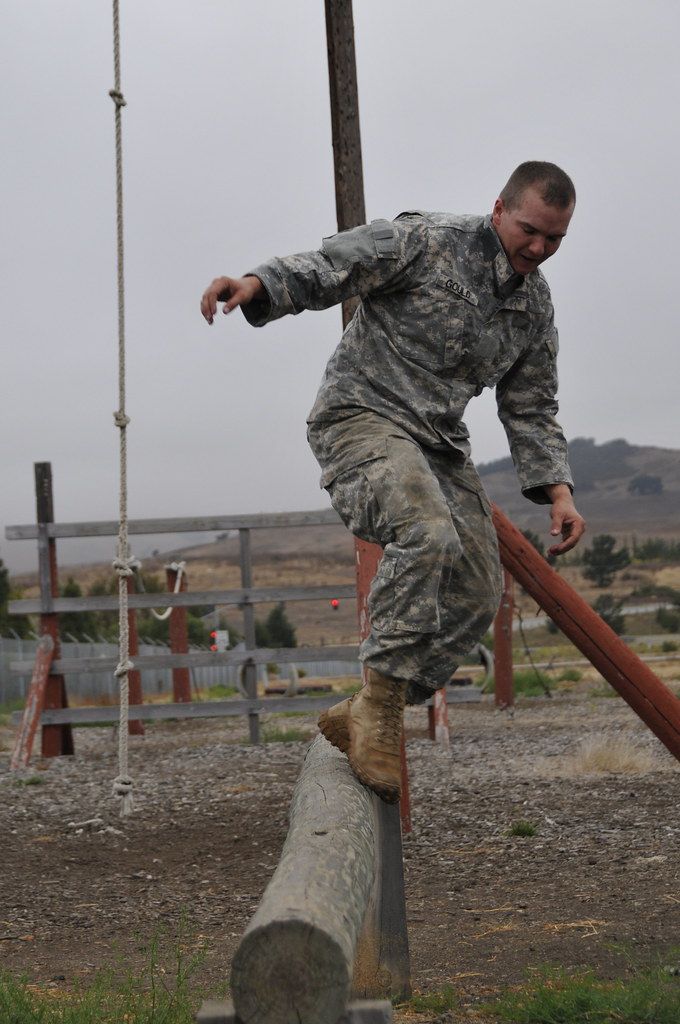
These remarkable individuals typically balance civilian lives with military duties, training “one weekend a month and two weeks per year.” However, recent conflicts have powerfully illustrated their adaptability and unwavering readiness, as these members have been “called to full-time duty more frequently.” It’s an inspiring testament to their dual commitment, proving that part-time status in no way diminishes their potential for profound impact. Critically, their service in these capacities can indeed count towards veteran benefits “under certain conditions,” underscoring the value of their contributions.
Reservists, for instance, undertake rigorous full-time basic training and military job school before returning to their civilian roles, engaging in vital monthly and annual training sessions. Their support role is indispensable, and specific “active-duty periods can qualify for veteran benefits,” ensuring their service is fully recognized. Similarly, the National Guard, operating under both state and federal oversight, provides essential emergency support and bravely engages in federal missions. Like their reservist counterparts, National Guard members can rightfully “qualify as veterans based on the duration and nature of their service,” highlighting the breadth of military contributions.
The structure further includes the Active Guard/Reserves (AGR), whose full-time work ensures the readiness of Reserve and National Guard units. Their service is unequivocally equated to “active duty for benefits eligibility,” a clear recognition of their continuous dedication. Then there’s the Individual Ready Reserve (IRR), a crucial pool of service members not on active duty or in drill status, yet ready for “potential recall to active service.” While “IRR service does not count towards benefits unless activated,” their very existence speaks to a deep, abiding commitment to readiness. This comprehensive structure ensures a robust and responsive force, with each component contributing uniquely to the nation’s strength.
The profound impact of military service transcends national borders, and the way veterans are perceived and honored offers a fascinating global tapestry of respect and remembrance. Across many countries, military veterans are rightfully “treated with great respect and honour,” a testament to their profound sacrifices. This reverence is eloquently expressed through long-standing traditions, solemn ceremonies, and dedicated holidays that ensure their contributions are never forgotten.

Consider the Commonwealth member states, where “Remembrance Day is held on November the 11th and is focused mostly on the veterans who died in service.” The poignant act of wearing a “red or white poppy” on the lapel, symbolizing remembrance or peace, and the laying of “wreaths and flowers at memorials to the dead,” reflect a deep societal gratitude. In Russia, a truly unique and touching tradition evolved after World War II, where “newly married couples would on their wedding day visit a military cemetery,” intertwining new beginnings with a solemn homage to past sacrifices. France, too, sets a powerful example, granting “those wounded in war… the first claim on any seat on public transit,” a tangible daily recognition of their service. Most nations embrace a “holiday such as Veterans Day to honor their veterans, along with the war dead,” underscoring a universal appreciation.
However, the narrative isn’t uniformly positive. The public attitude towards veterans can sadly be complex, and “negative feelings towards veterans may be held in certain situations: veterans of unpopular or lost conflicts may be discriminated against.” This challenging reality is observed in countries like “Germany after 1945,” where veterans were “neither honored in any special way by the general public nor have their dedicated Veterans Day,” despite minority group efforts. The representation of veterans in media undeniably plays a crucial role in shaping public attitudes, as a “small-scale survey in 2020 indicated several ways in which veterans themselves feel that their representation in the media could be improved by avoiding certain stereotypes.” It’s a clear call for more nuanced and authentic portrayals.
Intriguingly, the very term “veteran” can sometimes be used for political purposes, as noted in “Zimbabwe,” where it “may not actually refer to someone that participated in a war, but rather to someone who feels entitled to some benefit because of association with a cause for which there had been an actual war.” This highlights the diverse, sometimes contested, interpretations of veteran status worldwide. Yet, the underlying truth remains: the experiences of veterans are as varied as the global landscape itself, demanding our thoughtful consideration and understanding.
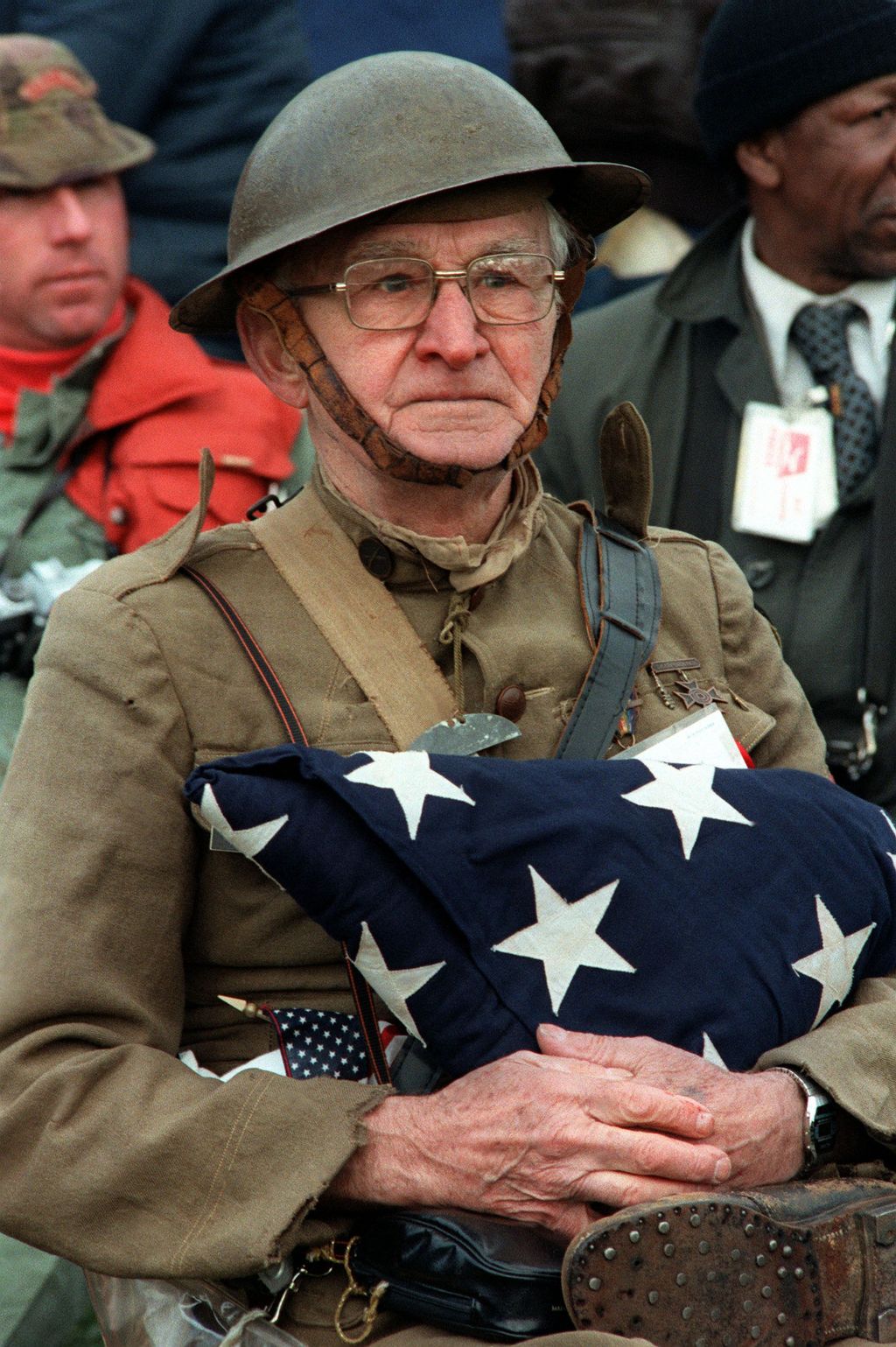
The journey of veteran care and recognition is a compelling narrative of societal evolution, particularly visible in the United Kingdom and the United States. Historically, Britain’s “historic distrust of standing armies” meant that “it did little for its veterans before the 19th century,” evidenced by just “two small hospitals for them in the 1680s.” This left many “disabled or disfigured veterans begging for alms” in city streets, a stark reminder of past neglect.
The immense scale and human cost of the First World War dramatically shifted national attention, particularly towards “veterans, especially those who had been partly or wholly disabled.” This era saw the genesis of critical support initiatives, such as “The King’s National Roll Scheme (KNRS),” an employment program for disabled WWI veterans. Described as “practical, innovative, and ahead of its time,” the KNRS was hailed as “the most important piece of legislation enacted for disabled veterans in interwar Britain.” Beyond direct aid, it ignited “a national discussion regarding the need for employment programs for disabled veterans and the responsibility of the state, setting up a future demand for more benefits.” This foundational work has led to Britain having “one of the highest densities of veterans in a major country, with 13 million in 2000, or 219 per 1,000 population,” in the 21st century.
Across the Atlantic, the United States shares a similar, yet distinct, trajectory in its commitment to those who served. President Abraham Lincoln, in his profound “second inaugural address in 1865 towards the end of the American Civil War,” famously articulated a moral imperative: [T]o care for him who shall have borne the battle, and for his widow, and his orphan.” This powerful sentiment laid the groundwork for future veteran support, leading to the formation of influential organizations like the “Grand Army of the Republic and United Confederate Veterans” in the wake of the Civil War.
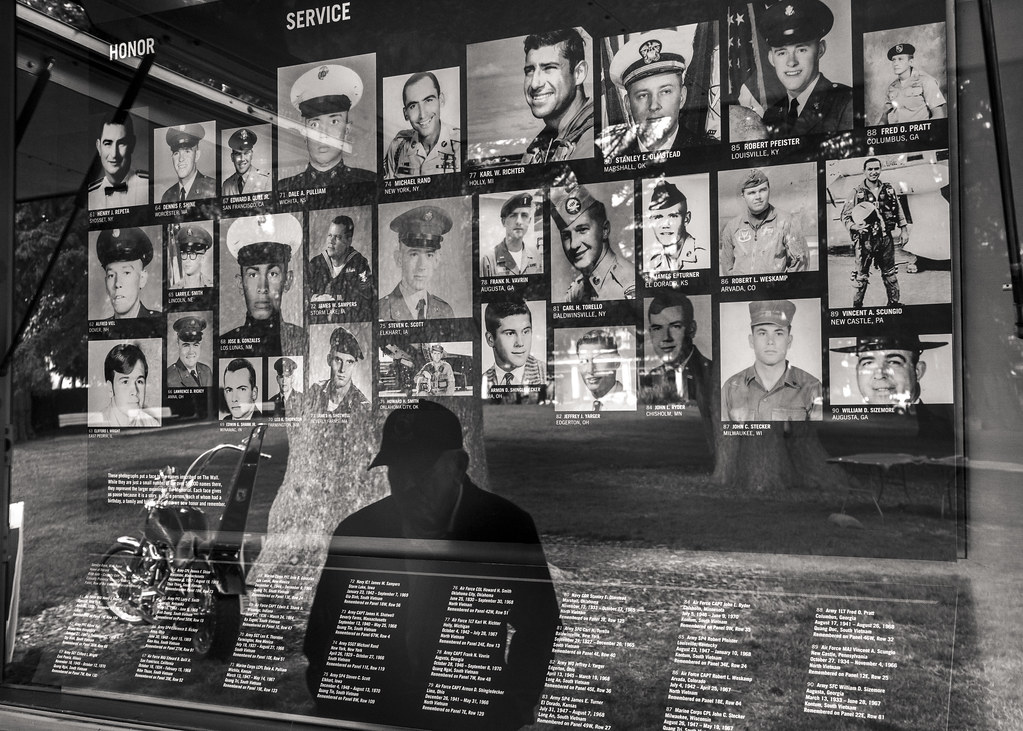
However, the period following the First World War marked another significant turning point, as “discontented veterans became a source of instability.” Their ability to “quickly organize, had links to the army and often had arms themselves,” became a potent force for change. The “Bonus Army of unemployed veterans” stood as “one of the most important protest movements of the Great Depression,” as they marched on Washington, D.C., demanding promised bonuses decades ahead of schedule.
The lessons from the First World War propelled a more elaborate approach to veteran care after the Second World War. Across “most of the participating states,” robust “veterans’ administrations” were established. In the United States, powerful “veterans groups, like the American Legion and Veterans of Foreign Wars organization, pushed for and got the G.I. Bill enacted.” This landmark legislation fundamentally transformed the lives of millions, granting veterans “access to free or subsidized education and health care.” The “newly educated GIs created a significant economic impact,” and crucially, “with the aid of VA loans were able to buy housing and establish themselves as part of a growing American middle class.” The subsequent “explosion of the suburbs created sufficient housing for veterans and their families,” symbolizing a triumphant return and integration into civilian prosperity. This era truly cemented a national commitment to honoring service with tangible support.
The landscape of military service has profoundly shifted in the 21st century, presenting unique and complex challenges for veterans of Operation Enduring Freedom (OEF) and Operation Iraqi Freedom (OIF). A significant departure from previous conflicts is the “greater dependence on reservists and repeat deployments.” Astonishingly, “Up to 80% of troops deployed at the beginning of OEF were part of the National Guard and Reserve,” a marked increase in reliance on these civilian-soldiers. Furthermore, “about 40% of currently serving military members have been deployed more than once,” highlighting a relentless cycle of service.
This intensified operational tempo has profound implications. Many deployed troops, not being as “steeped in military culture,” have faced “more difficult transitions into military life.” The “increased redeployment rate has meant more transitions, more uncertainty, longer terms, and shorter dwell times, all of which contribute to greater stress.” It’s a demanding cycle that tests the resilience of individuals and families alike, demanding new forms of support and understanding.

Compounding these psychological stressors are the transformative impacts of medical advances in modern warfare. While undeniably saving lives, these advancements mean that 21st-century conflicts “tend to yield more survivors with severe injuries, which soldiers in previous wars would have died from.” This paradox means that “though fewer service members die, more return from war with injuries more serious, and in turn more emotionally devastating, than ever before.” It’s a new frontier of care, requiring advanced medical and rehabilitative services.
Among these increasingly common injuries is the “traumatic brain injury, or TBI.” The effects of TBI can range dramatically “from a mild concussion to amnesia and serious neurological damage,” presenting a spectrum of invisible wounds that challenge both diagnosis and recovery. The sheer complexity of these injuries, coupled with the relentless deployment cycles, paints a picture of modern military service that is undeniably different, requiring innovative and comprehensive approaches to veteran support and care.
Within the broad tapestry of American veterans, distinct groups have carved out their own unique paths, confronting specific challenges and advocating for greater recognition. Women have been an integral, yet often understated, force in the United States military for “over two hundred years.” Despite their long-standing contributions, some “female veterans perceive themselves as discriminated against by their male counterparts,” leading to the poignant designation of “the invisible veterans.
Their struggle for recognition extends to benefits, as “Women were not fully recognized as veterans until after WWII, and prior to this they were not eligible for VA benefits.” Today, their numbers are steadily growing, with “more than 8 percent” of U.S. veterans being women, and they make up “nearly 11.6 percent of OEF/OIF/OND veterans.” The growing awareness of their service is leading to more support, with states increasingly “recognizing June 12 as Women Veterans Day, either through proclamation or legislative action,” and pioneering initiatives like Illinois’s “new Women Veterans Program” to help female veterans “self-identify as veterans and do not take advantage of veterans’ benefits to the same extent as their male peers.”
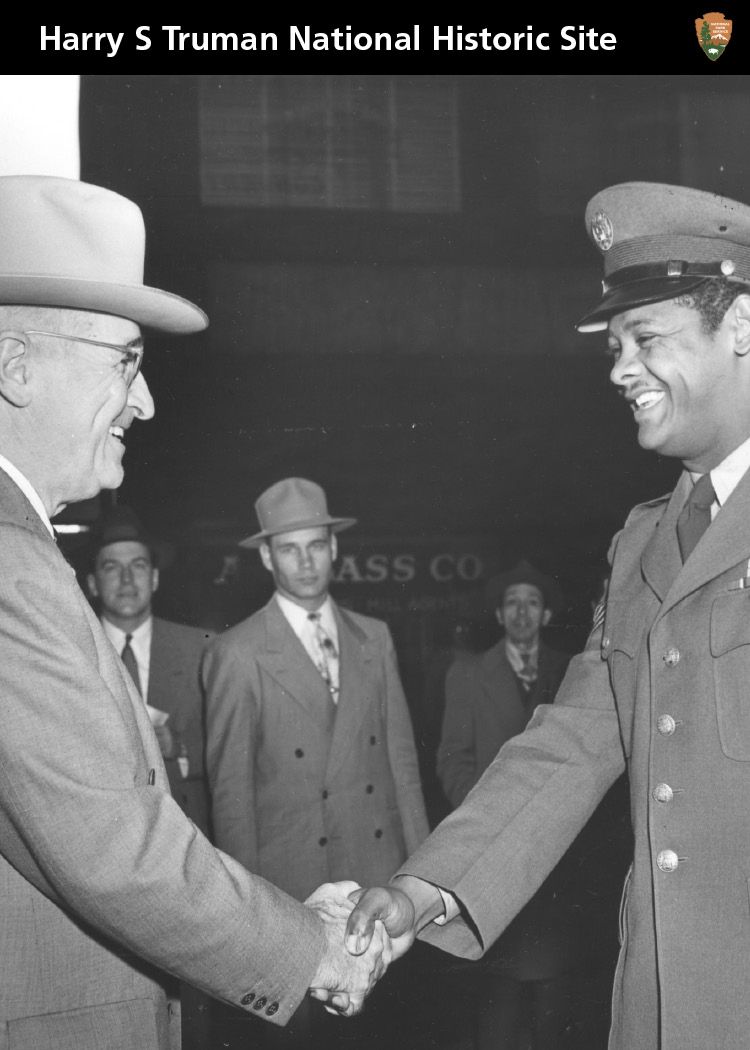
African Americans have likewise demonstrated an unwavering commitment to national service, having “participated in every war fought by or within the United States.” Yet, their patriotism was often met with profound injustice. Black veterans from World War I experienced racial persecution on returning to the U.S. from overseas, particularly in Southern cities.” Even after President Harry S. Truman’s desegregation of the military post-World War II, “Black veterans from World War II continued to be denied equality at home.” Their resilience, however, transformed adversity into advocacy, as “Black veterans went on to play a central role in the civil rights movement of the 1950s and 1960s,” becoming catalysts for monumental societal change. Today, organizations like “The National Association for Black Veterans” tirelessly provide “advocacy and support for African American and other minority veterans,” ensuring their voices are heard and their needs addressed.
Looking at the broader demographics, there’s a notable shift in the generational composition of veteran families. In 1990, “40% of young Americans had a veteran for a parent,” a figure that significantly “decreased to 16% in 2014.” This reflects a changing national landscape regarding military service. Meanwhile, the global fabric of the American military is also evolving, with “Mexican and Filipino Americans” making up “the two largest populations” of veterans “born outside of the United States” in 2016, a group that comprised “3% of all veterans.” As of 2017, the nation proudly counted “some 21 million American veterans,” a testament to enduring service. However, a recent Pew Research Center finding highlights a stark generational gap, noting that “Among men, only 4% of millennials [born 1981-96] are veterans, compared with 47%” of men in their 70s and 80s, “many of whom came of age during the Korean War and its aftermath.” These demographic insights underscore the evolving face of the American veteran population and the critical need for tailored support systems.
The legacy of active military service is undeniably profound and enduring, often presenting significant challenges for veterans as they strive to reintegrate into civilian life. It’s a stark reality that “some veterans have found it difficult to adjust to normal life again,” leading to distressing outcomes. Figures from 2009 in the UK revealed a shocking truth: “Twice as many veterans were in prison as there were British troops currently in Afghanistan,” a statistic that underscores a critical societal failing.
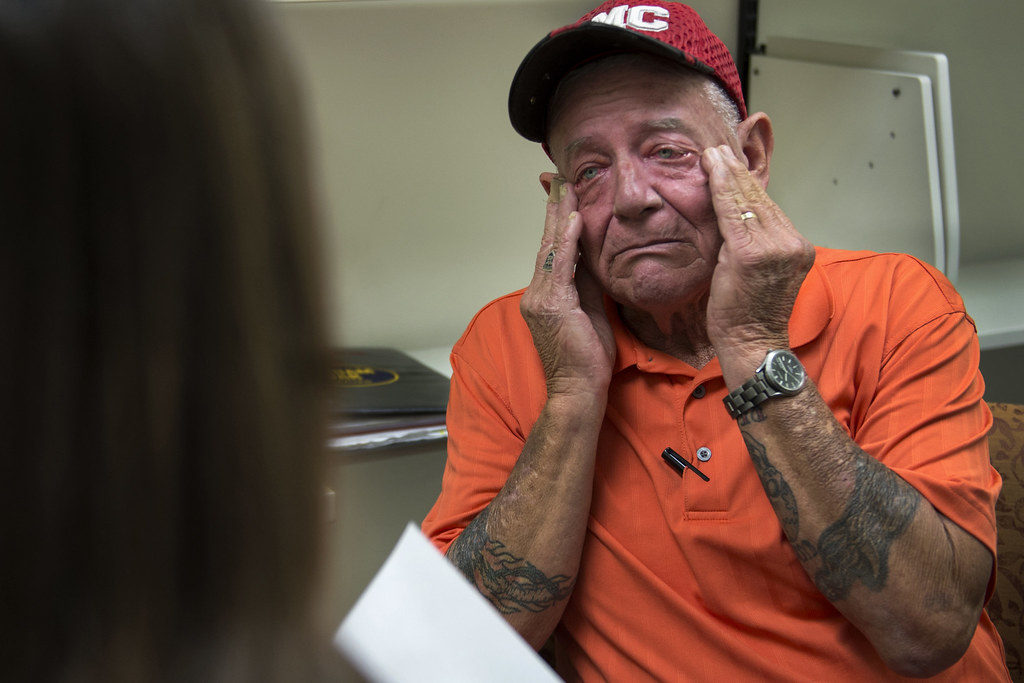
Beyond incarceration, “Homelessness, street-sleeping and relationship breakdown are also commonly reported,” painting a grim picture of post-service struggles. Research by “the UK homelessness charity CRISIS (1994) and the Ex-Services Action Group (1997) both found that a quarter of homeless people had previously served in the armed forces,” a powerful call to action for improved transitional support. In the United States, the challenge of homelessness is equally significant, with “an estimated 57,849 homeless veterans in the United States during January 2013, accounting for 12 percent of all homeless adults,” and sadly, “Just under 8 percent of homeless U.S. veterans are female.”
A deeply concerning aspect of veteran health is the “substantially elevated suicide risk relative to the general population” observed in “Australia, Canada, the U.K., and the U.S.,” with “particularly younger veterans” being at higher risk. While deployment to a war zone generally “has not been associated with an increased risk of suicide” (unless in a combat role), certain factors significantly escalate this tragic risk. These include “a troubled childhood,” “low rank,” “close-combat roles in war,” and leaving service “soon after joining.” Other common military life risk factors include “depression, posttraumatic stress disorder, alcohol misuse, bullying and sexual harassment,” all demanding urgent attention and comprehensive intervention. For instance, in the U.S., “the suicide rate among veterans is 300% the national average,” accounting for “30% of the suicides in the US annually,” a statistic that screams for national focus. Even in Japan, “56 Japan Self Defense Force members had committed suicide after serving in overseas missions” by 2015, highlighting a global mental health crisis among service personnel.
Posttraumatic Stress Disorder (PTSD) remains a pervasive and debilitating condition affecting a significant number of veterans. Studies indicate that “between 4-17% of United States veterans have been diagnosed with PTSD” related to combat, while their “United Kingdom counterparts, however, have significantly lower numbers of just 3-6%.” Younger veterans under 25 are at an even “higher risk for PTSD” and, if severe, face increased risks for “metabolic syndrome and suicide.” The good news is that new treatment programs are continuously emerging to assist. Cognitive behavioral therapy (CBT) is becoming an important method” and is “currently considered the standard of care for depression and PTSD by the United States Department of Defense.” This psychotherapeutic approach aims to “change the patterns of thinking or behavior that responsible for patient’s negative emotions.” Furthermore, “online programs that pair CBT with therapist interaction have also proven effective,” alongside “Eye Movement Desensitization and Reprocessing (EMDR),” a noninvasive, drug-free treatment.
Beyond formal therapy, innovative approaches are proving vital. As Mike Lawson eloquently explains in “Music and Science Meet…Music Therapy,” “Modern music therapy became a norm in the Veteran’s Administration hospitals during and after both World Wars.” He details how “the playing of recordings on the Victrola in WW I, hospitals had measurable positive effects on the wounded and shell-shocked patients,” sparking “the use of a somewhat primitive music therapy in all American military hospitals.” This incredible power of music provides “veterans with a way to express themselves, escape from anxiety, and helps them cope with their PTSD.” Indeed, veterans face elevated risks for “several disorders,” particularly “younger veterans (those younger than 25),” including “substance use disorders, including alcohol use disorder, and mental illnesses in general.

The undeniable truth is that “Necessity has resulted in a number of sources of help being made available for veterans.” While “many of these are independent, charitable organizations,” and in some countries, “the aftercare and rehabilitation services provided by governments have been inadequate,” the critical message remains: help is within reach. This perceived inadequacy “may be because they do not wish to give attention to the negative effects of military service and the difficulties of readjustment to civilian life, for it may have an adverse impact upon recruitment for their armed forces,” a disheartening reality that necessitates continued advocacy.
Nevertheless, veterans must understand that “help is available and veterans should feel able to make contact and ask for assistance or advice from the broad network of organizations, and the appropriate legislators without feeling that this is a weakness.” Military service, as a “profoundly unnatural experience,” often demands support for “debriefing and rehabilitation into the community, whether it be medical, psychological, practical or financial.” It is a fundamental right born from their sacrifice.
In the grand arena of life, few experiences demand as much courage, resilience, and unwavering dedication as military service. From the ancient Latin root ‘vetus’ meaning ‘old’ or experienced, to the contemporary definition that encompasses millions who have worn the uniform, veterans embody a profound depth of expertise and a spirit of selfless commitment that enriches nations. Their journeys, whether full-time active duty or part-time service in the Reserves and National Guard, are threads woven into the very fabric of our collective security.
As we celebrate their immense contributions, we also acknowledge the profound and often unseen battles many continue to fight long after their uniforms are put away. The challenges of mental health, the complexities of reintegration, and the tireless pursuit of well-deserved benefits are ongoing narratives that demand our unwavering attention and compassionate action. From the G.I. Bill’s transformative impact on American society to the innovative therapies like CBT and music therapy that offer solace and healing, progress is being made, yet the journey is far from over.
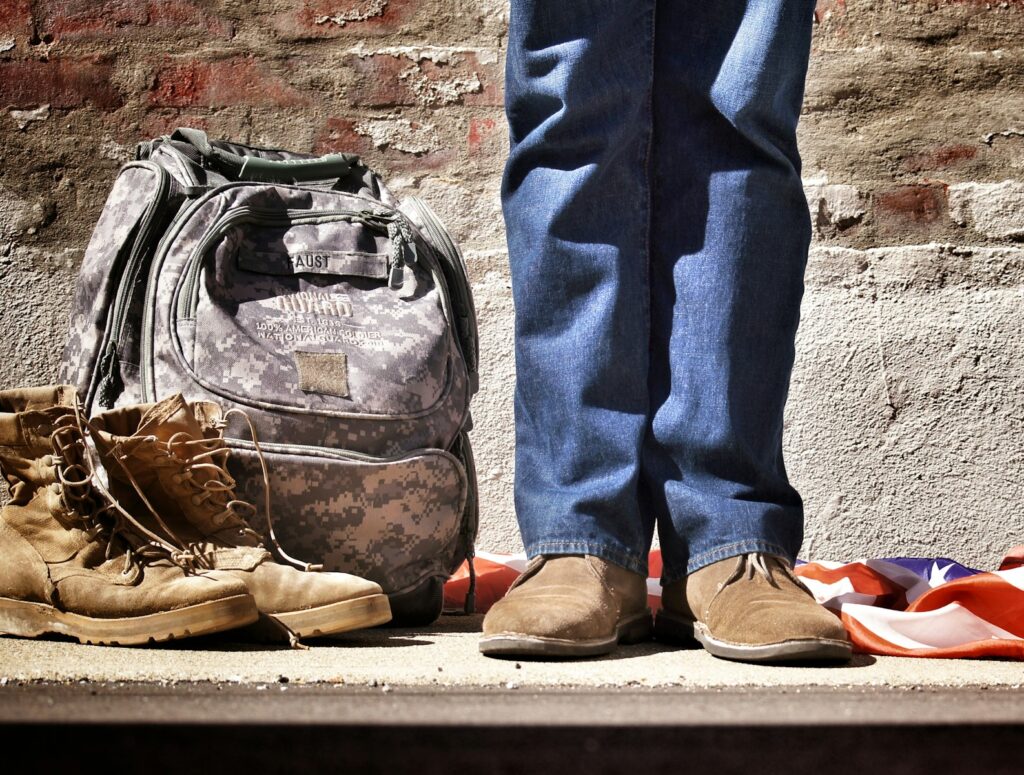
The global tapestry of veteran recognition, from the poignant poppies of Remembrance Day to the unique Russian wedding traditions, speaks volumes of a universal respect for those who have served. It reminds us that across continents, the veteran spirit is a beacon of honor and sacrifice. It is our collective privilege and responsibility to ensure that every veteran, regardless of the nature or duration of their service, receives the comprehensive support, profound respect, and endless opportunities they so richly deserve. Let us continue to champion their cause, illuminate their stories, and build a future where the echoes of their service are met with resounding gratitude and unwavering care. Their legacy is our liberty, and their well-being, our shared duty.



